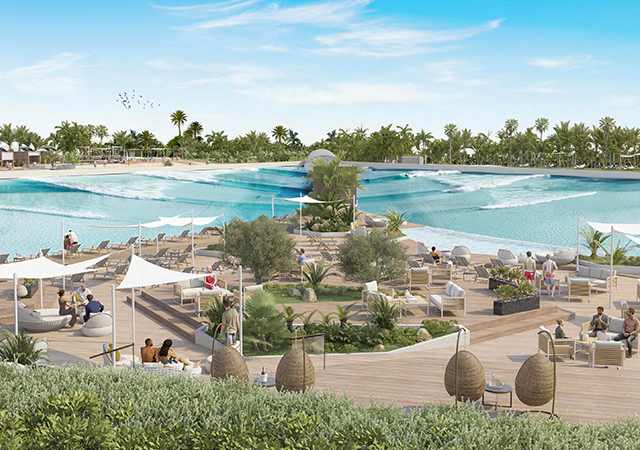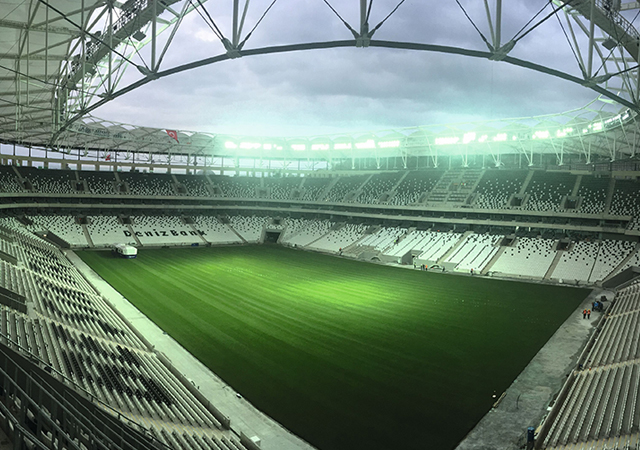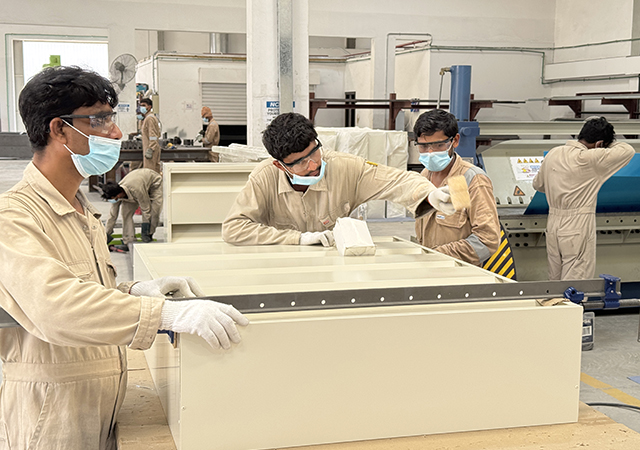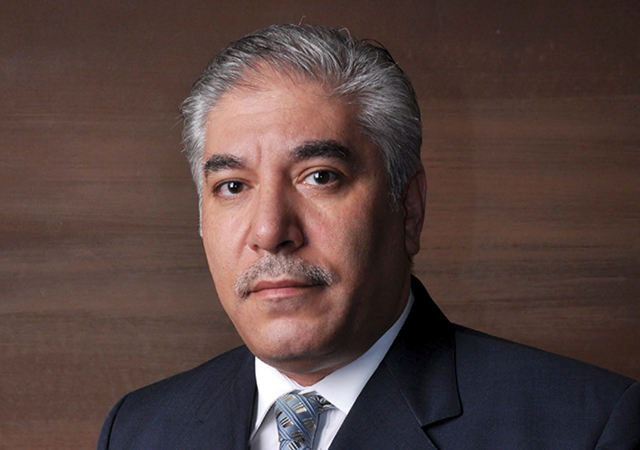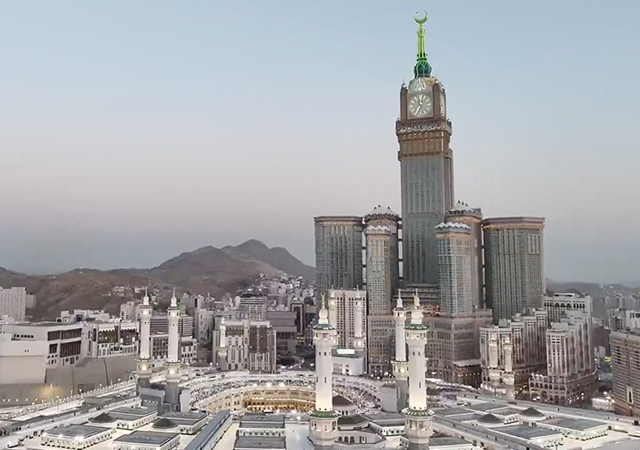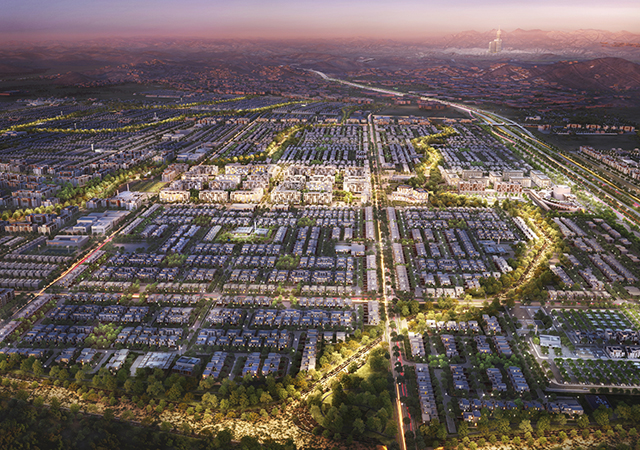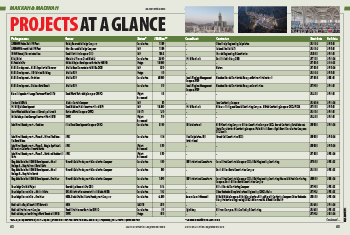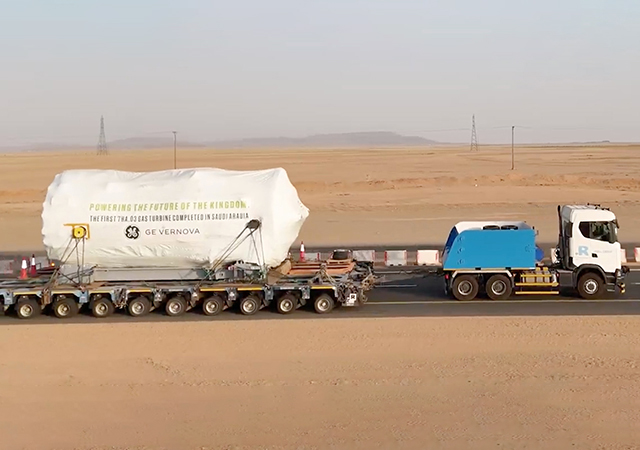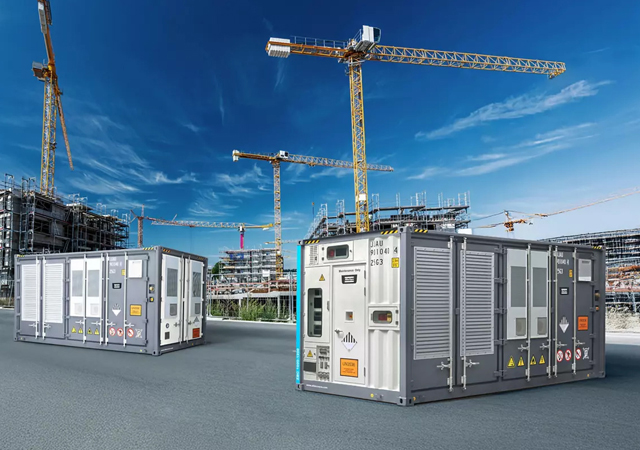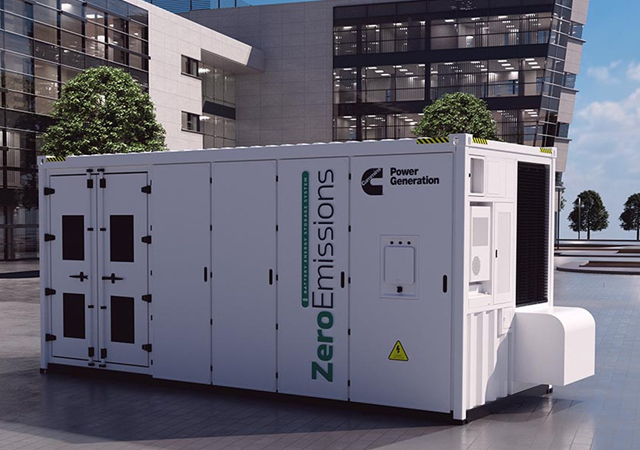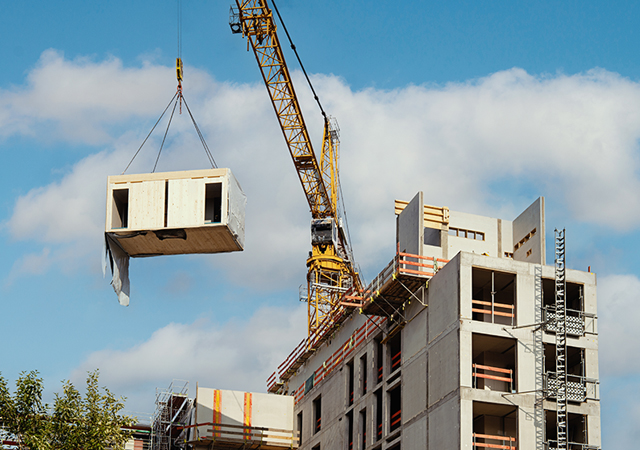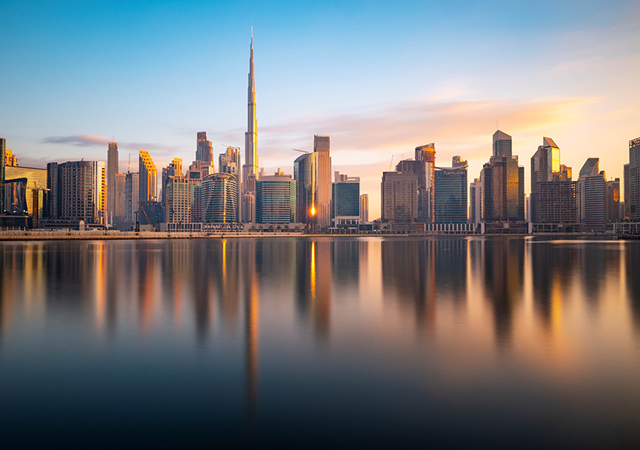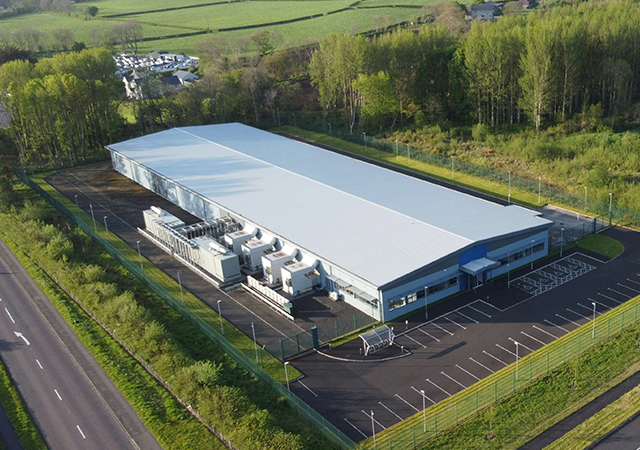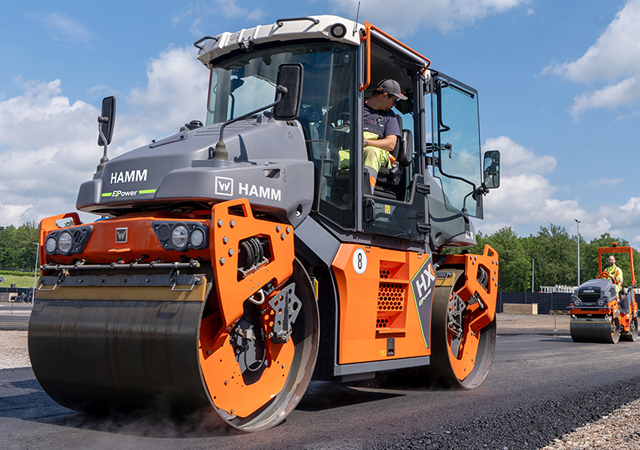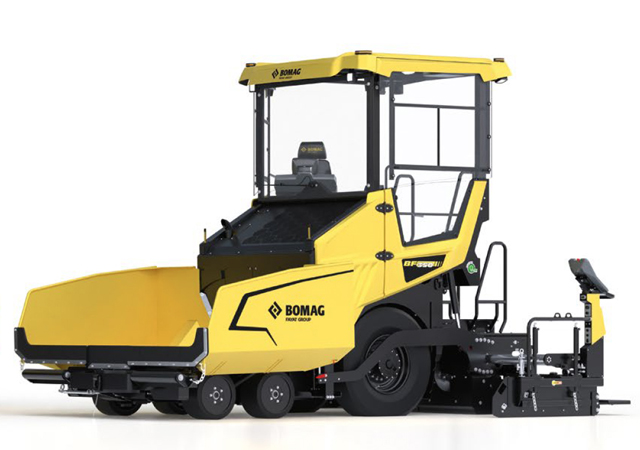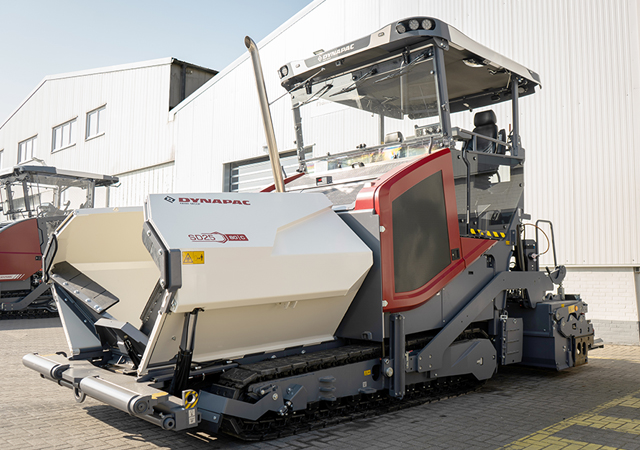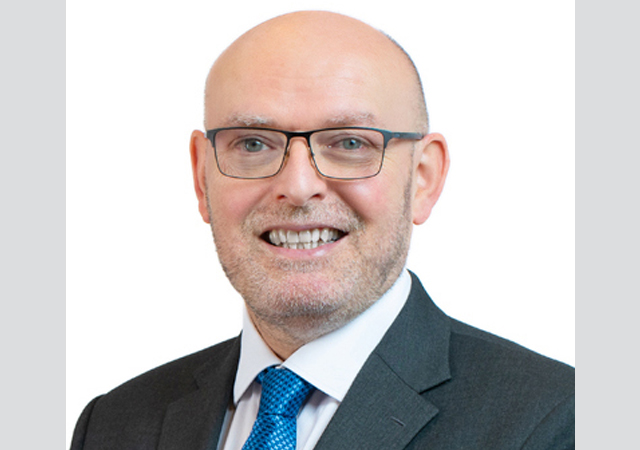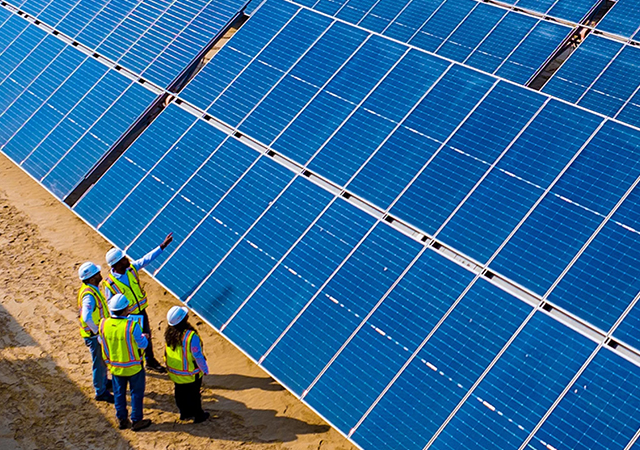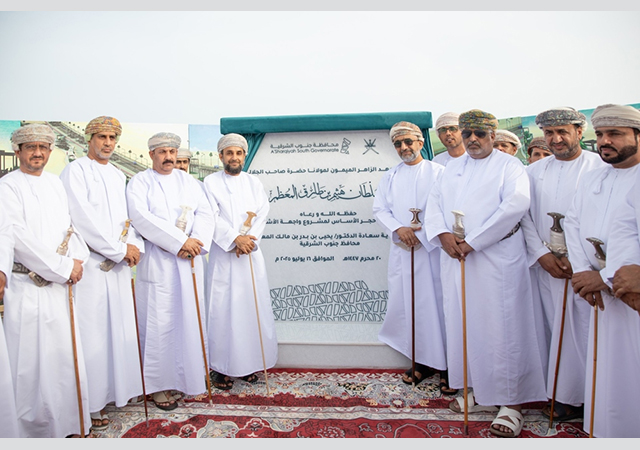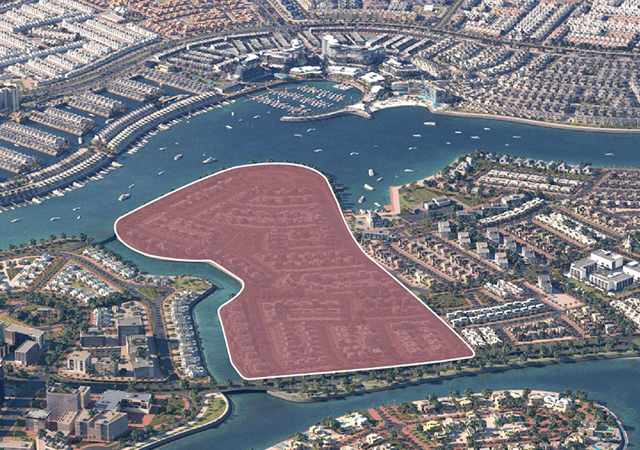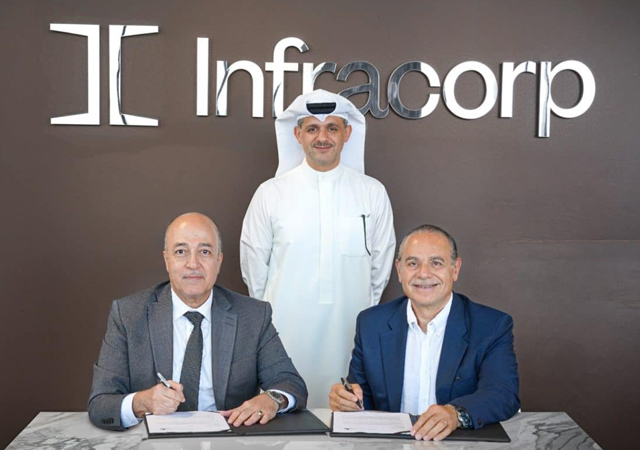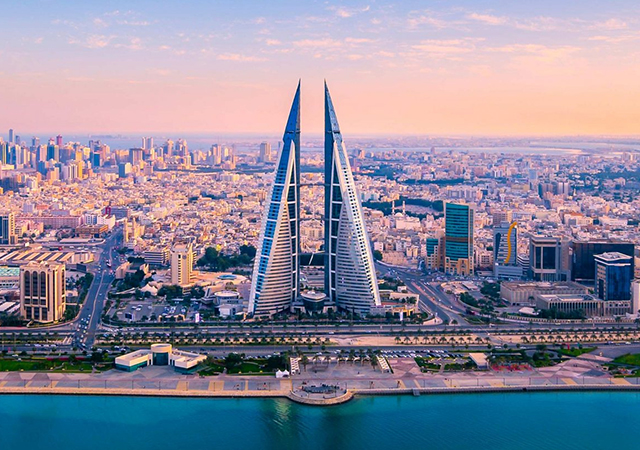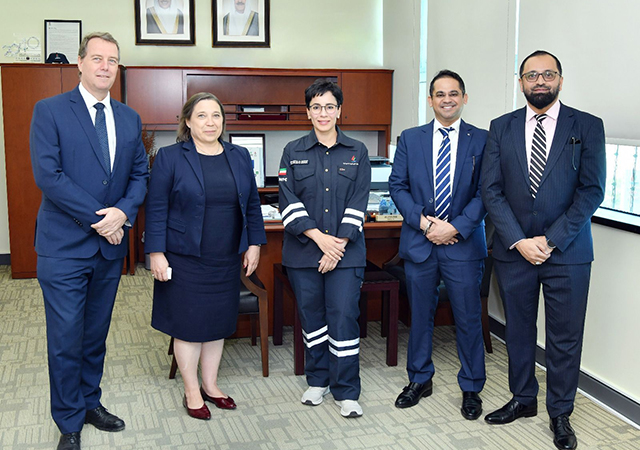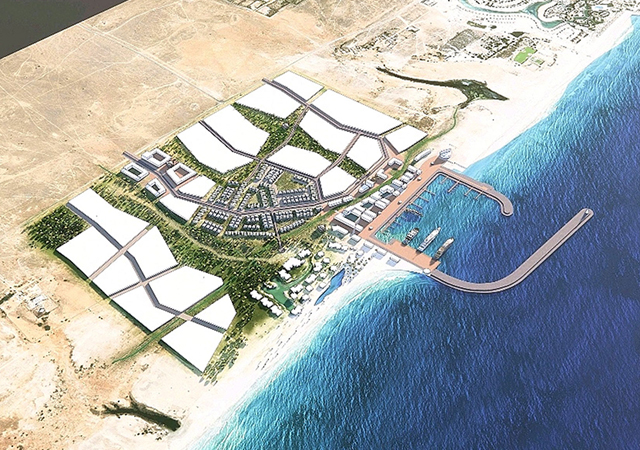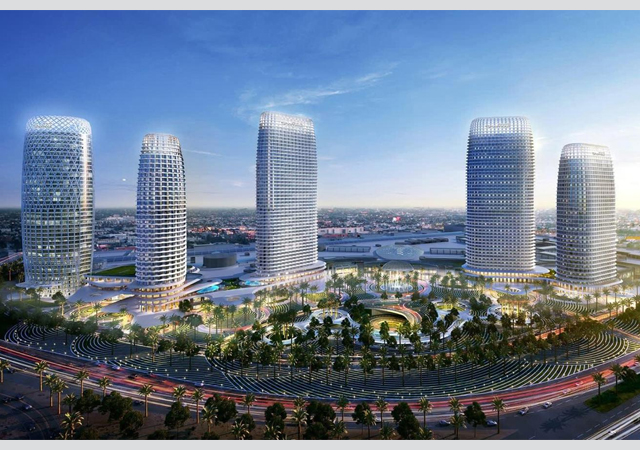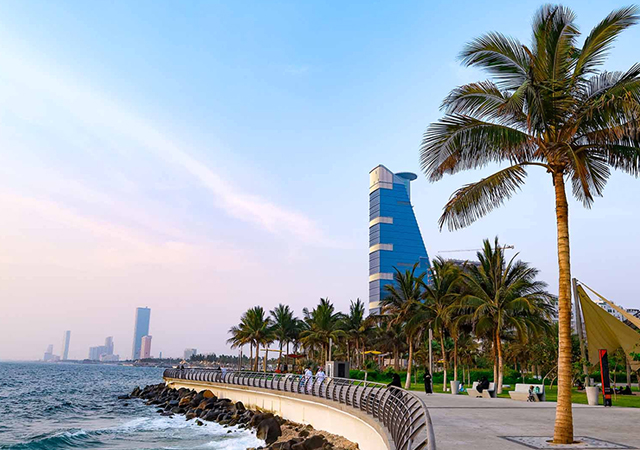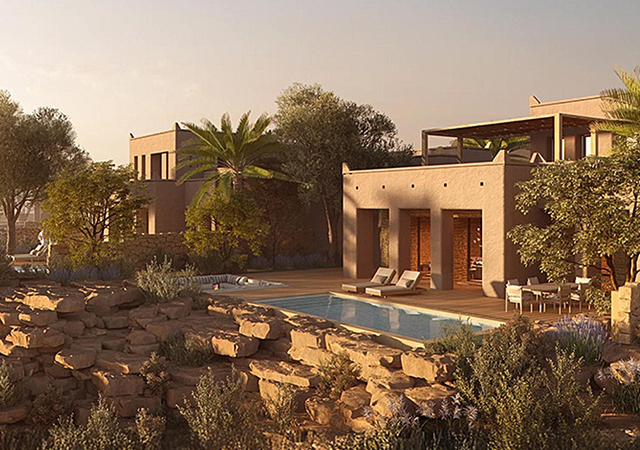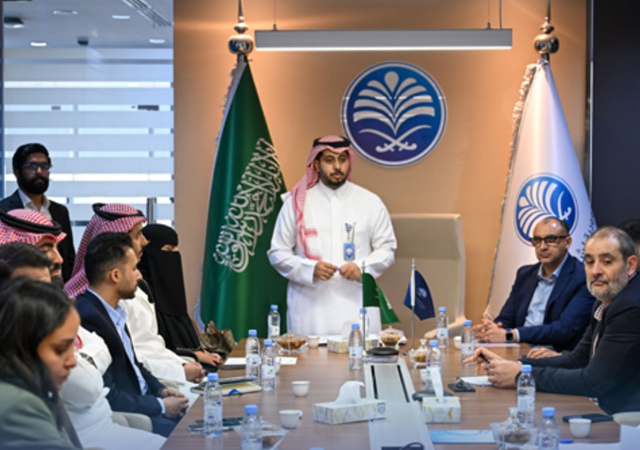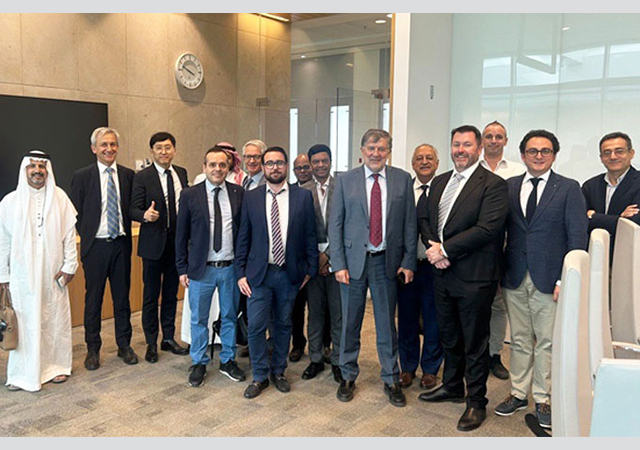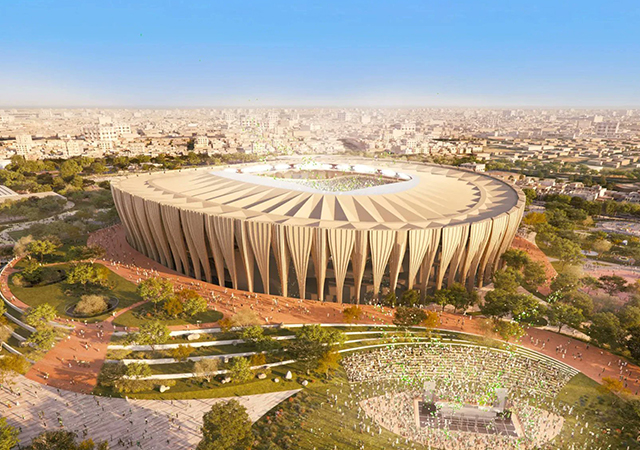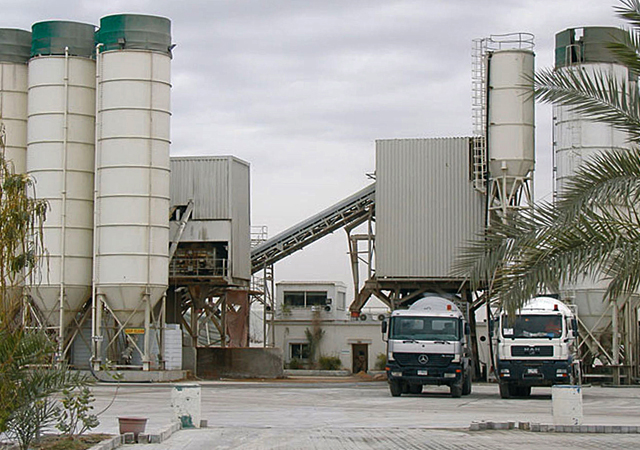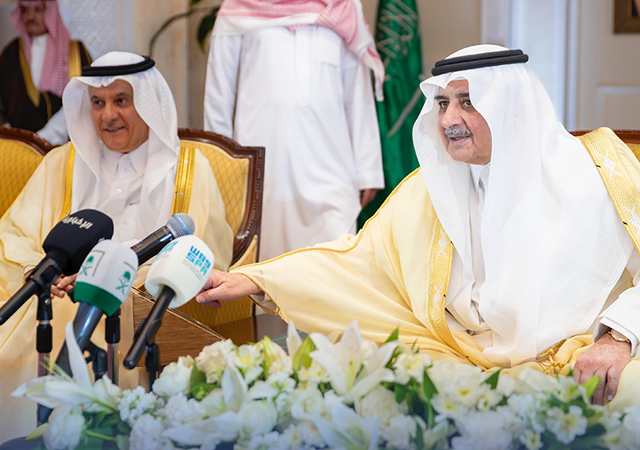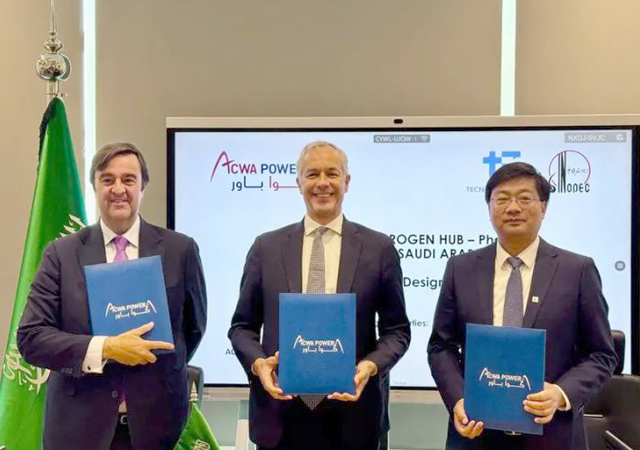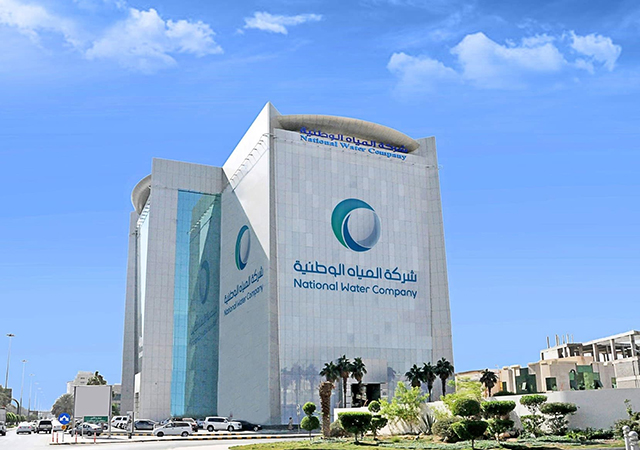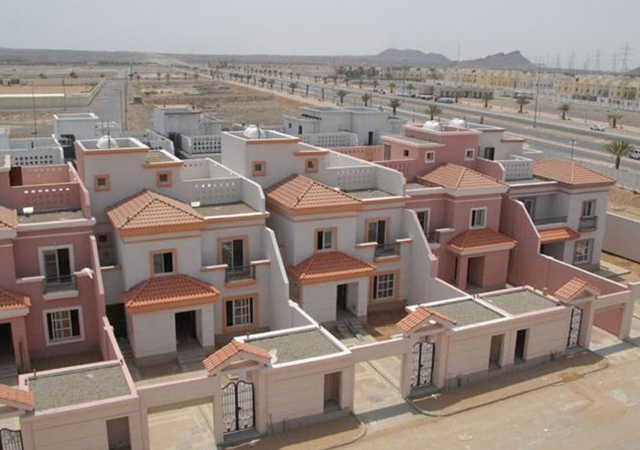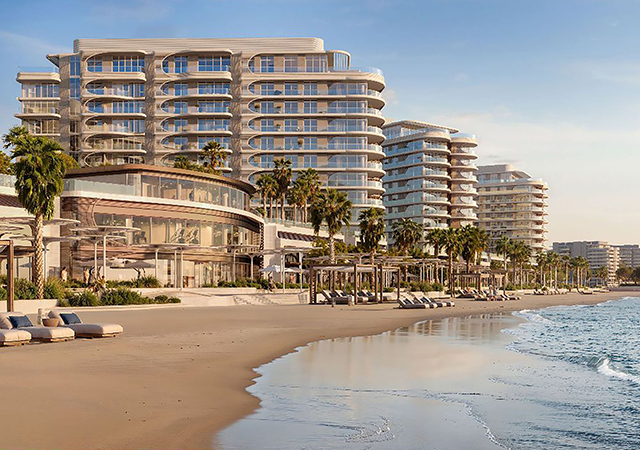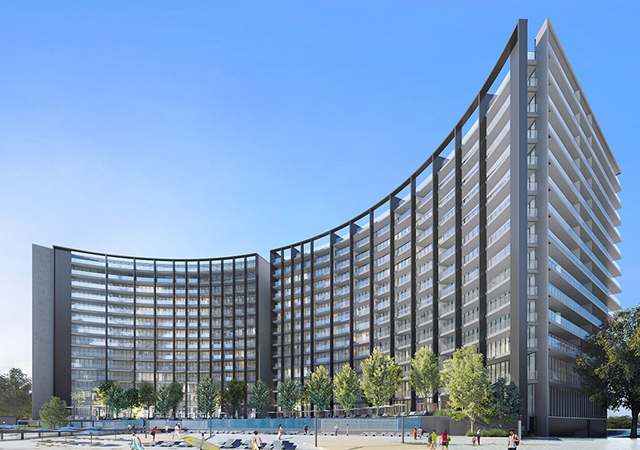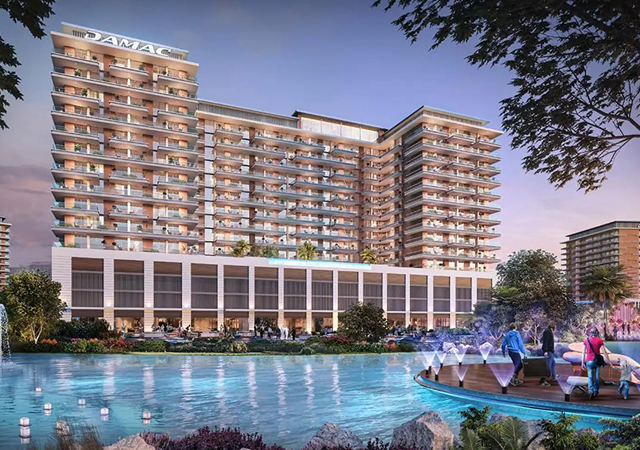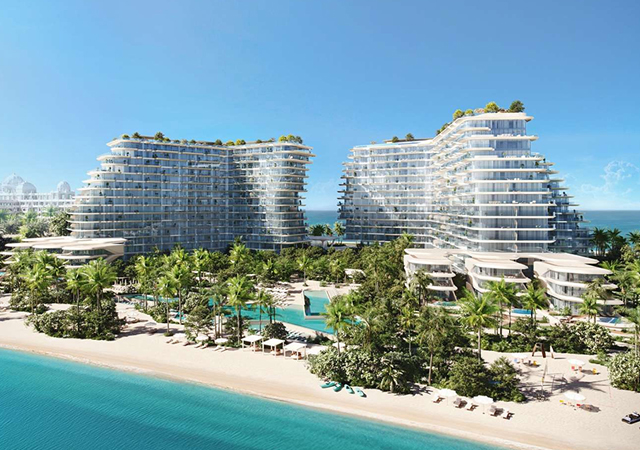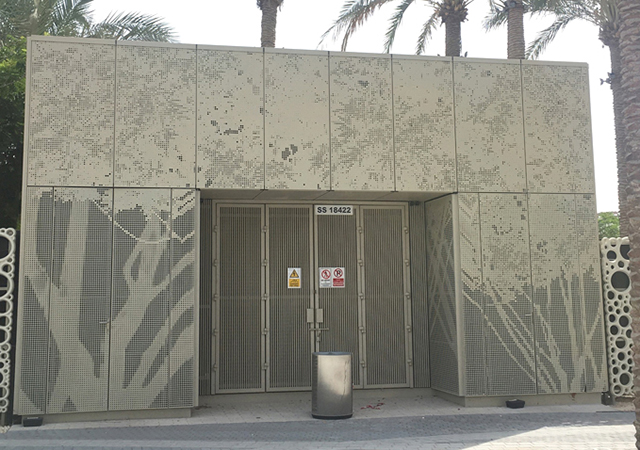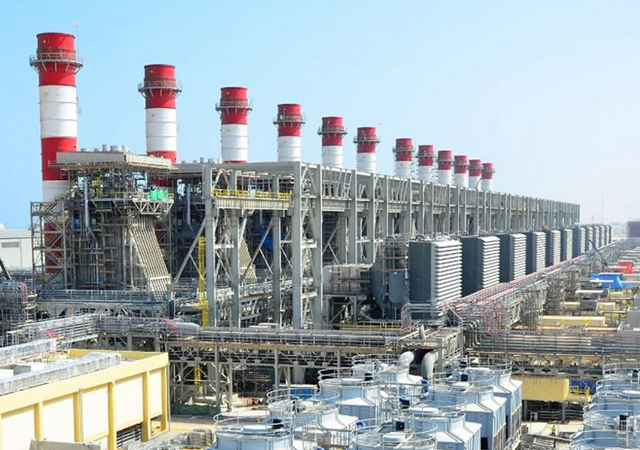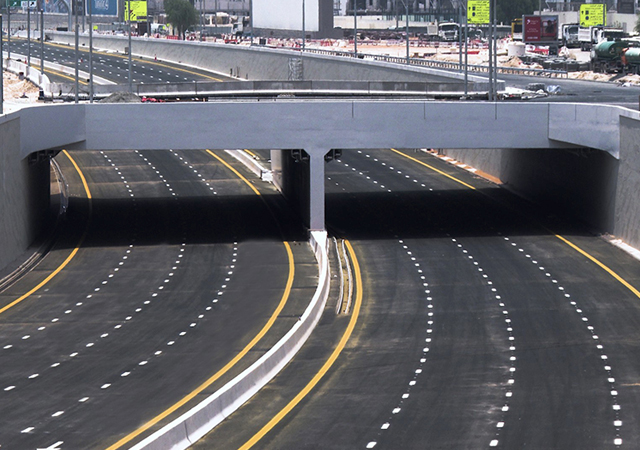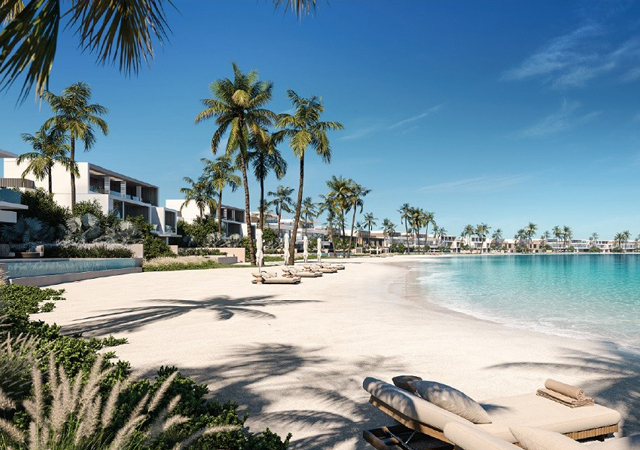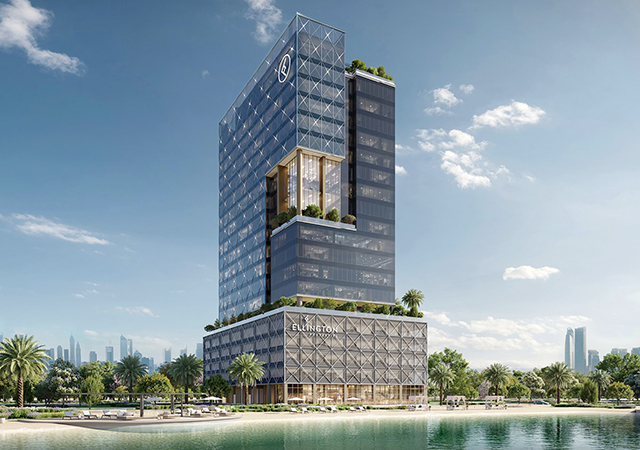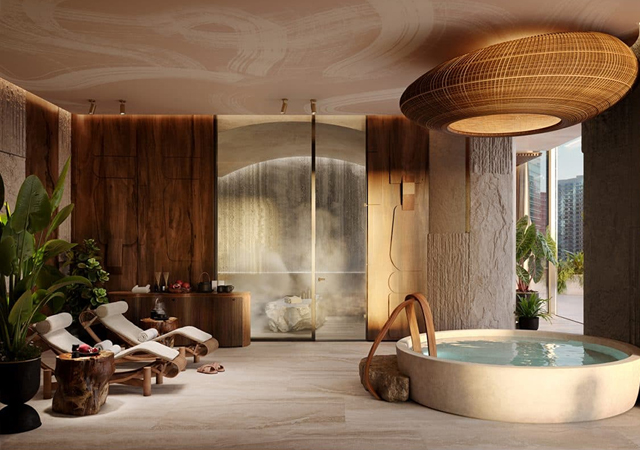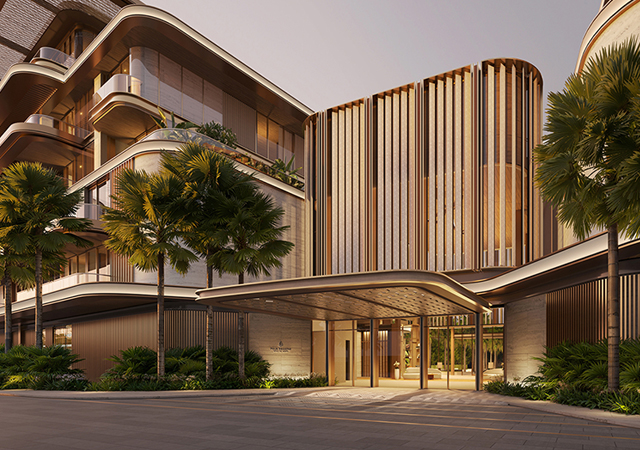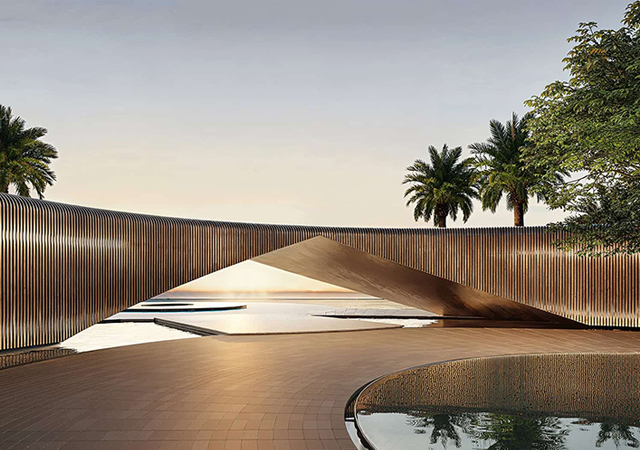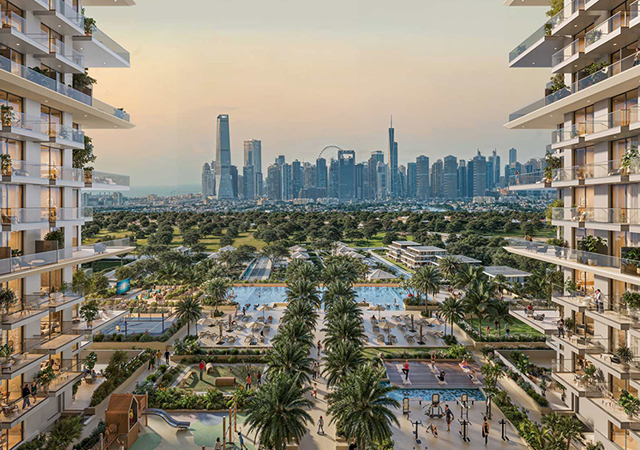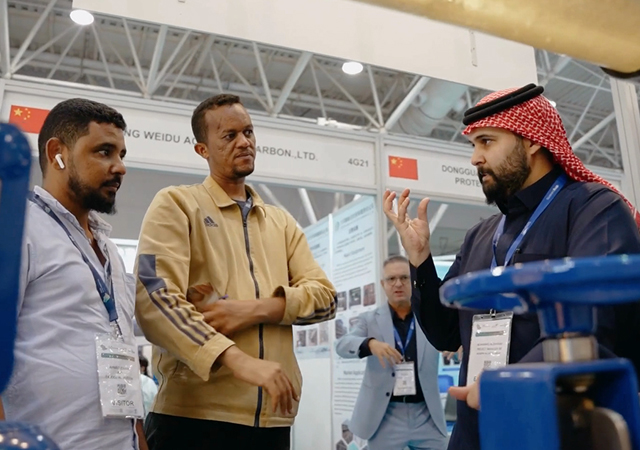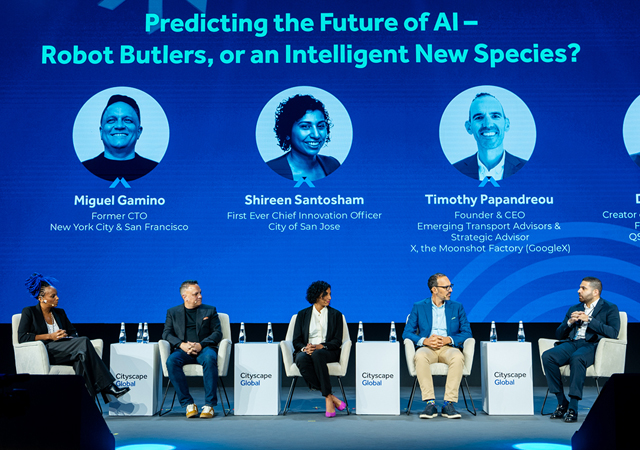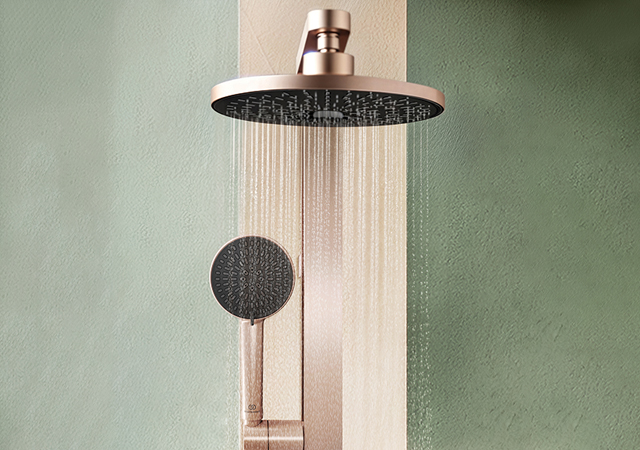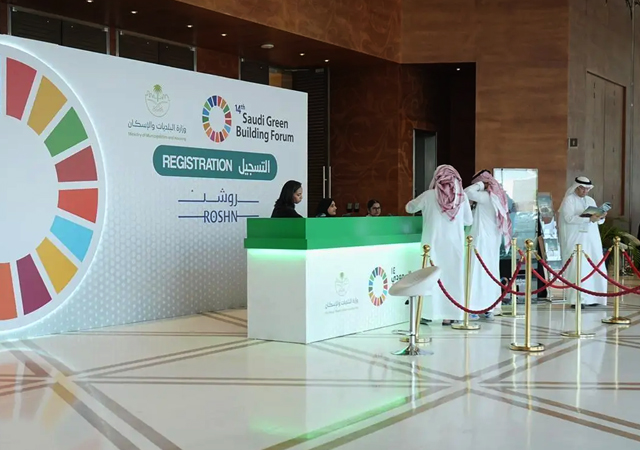 Ferreira ... 20 years
Ferreira ... 20 years
AS Teo A Khing (TAK) Design Consultants raced against time to open the world’s first racetrack-side hotel, the Malaysian architecture specialist placed its bets on international specialist CD+M to design a bespoke lighting solution that would showcase the property in all its glory.
Built at a cost of Dh10 billion ($2.72 billion) and launched to great fanfare in March this year, the Meydan Racecourse and Grandstand in Dubai, UAE, is the world’s biggest and most expensive race track ever built.
The anchor piece of an ambitious 67 million-sq-ft development plan, comprising four districts with residential, commercial and sports facilities, Meydan is also home to the world’s first racetrack-side five-star hotel, The Meydan — a 285-key property where 96 per cent of the rooms have a direct, unobstructed view of the racetrack.
For TAK, the architects and interior designers of the hotel and grandstand, the biggest challenge was the inflexible March 27 deadline when the hotel had to be ready to welcome guests for the Dubai World Cup, the world’s richest horse race with a purse of $10 million.
The old chestnut “Success has many fathers” holds true in the case of The Meydan. Several contractors, lighting manufacturers and suppliers have claimed the lighting design of the complex as their work. However, TAK commissioned leading lighting design firm, CD+M for the lighting design for The Meydan.
“Our scope of work was the entire project initially,” says Ted Ferreira, principal and founder of CD+M. “TAK had a competition for the lighting design. CD+M were contracted after they interviewed several international lighting consultants. We were hired in 2006 and awarded the contract for the [lighting design of the] entire building, including the design of the sports lighting system — unquestionably the most sophisticated and probably the best in the world today.”
CD+M were tasked with creating the lighting design for the building facades, site lighting, pool decks, parking areas, terraces, interiors of the hotel, restaurants, royal enclosures and royal suites, grandstands, Imax theatre and all of the suites and private enclosures for rent or purchase. Electrical engineering consultant CRD was tasked with the lighting for the back-of-house spaces, the operational areas and parking areas. CD+M also played a supporting role in the lighting design for the stables, including the equestrian tunnels.
Sports lighting
The sports lighting component was tendered separately and the contract awarded to American company Musco, which has done sports lighting systems all over the world. Ferreira says the company was partially responsible for the design. “With sports lighting companies, there’s always a certain amount of design even when you tender the project. We wrote the specs, worked with the manufacturer on mock ups, supervised it, but they still had to do the engineering.”
CD+M did a series of concepts, sophisticated computer models, renderings and thousands of pages of specifications initially for the hotel and the sports lighting system. As budgets grew tighter, the initial concepts and designs were modified. CD+M’s designs for the grandstand and Imax theatre were discarded and TAK did the lighting design for these.
 |
“The parts that were finished first, the hotel and sports lighting, were very close to initial design concept,” says Ferreira, a lighting designer with over 20 years experience in the design of entertainment, retail, dining, educational and commercial facilities. “Those that came later were value engineered to fit the budget. For the most part, a large part of the public spaces and The Meydan hotel are true to our concepts. Other parts will probably get redone in the future as budgets allow.”
The project was managed by three CD+M teams: an interiors team headed by Hilary Wainer, hospitality director and lead designer for The Meydan hotel; the facades and site lighting design team led by Ferreira, and the sports lighting system design led by Bill Johnson, who was also the local project manager. CD+M also had a project manager on site for a year, Baiju Chaliyil responsible for site management.
Ferreira says Chaliyil’s role was critical. “It was very helpful as it was such a fast-moving project. This is something that I would like to emphasis and I wish interior designers and clients would appreciate more. You can have a wonderful design but it’s only as good as the execution. You need someone on the ground to take digital photographs and explain site conditions to the designers. That kind of interaction spells the difference between a great project and a mediocre one. We refer to that part of the process as construction coordination or commissioning; very few owners appreciate the value of that part of the design process. They understand it for architecture, interiors but unless you have a very good fitout projects manager even an interiors project can be a failure.
 |
“For lighting design there are no contractors in the Middle East with that kind of experience. Having someone on site, supervising the light design effort and the installations, dealing with field corrections, was invaluable.”
TAK gave CD+M direction for the interior lighting scheme while the exterior lighting scheme was more of their design. “For the hotel interiors, TAK wanted a very elegant hotel lobby and a really grand view from the front of the property. The [lighting] design was intended to create an open visible statement from the public spaces. The atrium’s large volume was illuminated so that people got a sense of the grand scale. Our lighting design concept emphasised the architectural form, including the ceilings with the Osram LED lights in them that focus on the seating groups [in the lobby].
“Most of the lighting is intended to be concealed. The only direct lights you see are the ones mounted very high on the ceiling that light the floors.”
Maintenance was a key consideration for the lighting design. “Since there is a lot of lighting in the property, we used a lot of LEDs to cut down on maintenance cost. Lutron dimming systems were extensively installed within the hotel so the lamps could be set at the correct temperature,” Ferreira says.
Colour temperature was another key consideration. All the LED lights are 2700 Kelvin, so the colours are warm in tone, while disguising the fact that it is coloured light. “A lot of the renditions were intended to be classy and comfortable.”
 |
|
All lit up ... The Meydan utlises sophisticated systems across the development. |
CD+M’s initial concept for the roof was value engineered – the end result features a prominent use of downlights. The royal spaces and royal enclosures are also very elegant, as rich and decadent as the spaces in the hotel, restaurants, the seating overlooking the track and the façade lighting. According to Ferreira, a good part of the lighting design will be done in phases.
Ferreira says the biggest challenge of the project was the schedule. “It was brutal. Design drawings had to be turned around in a matter of weeks and a lot of design decisions were made based on schedule. It was a very aggressive so as to open in time for the Dubai World Cup.”
Several manufacturers were engaged in the project, with specifications for lighting fixtures running into thousands of pages. The project employed manufacturers from all over the world. Key suppliers included Osram, Musco (sports lighting), Lutron (hotel dimming systems), Lucent (downlighting), Zumtobel, Tokistar (LED lighting), Ilight (cove lighting on The Meydan roof and in some of the interiors as well), Airco and Aldabra.
The budget was another challenge. “After starting off with unlimited options, as budgets grew tighter with the economic situation, we had to make some hard choices about the qualifications of our suppliers,” says Ferreira, whose work ranges from conceptual design to project management and site supervision for more than 400 projects worldwide exceeding $8 billion in value.
Passive lighting
Given Dubai’s extreme weather conditions, TAK took an environmental approach towards the planning and design of the hotel. With the building form defined by its linear configuration alongside the racetrack, the room bays were oriented to receive the benign morning sun at the southeastern side, while the hotel atrium with its large volume provides an insulating air barrier to the hot afternoon sun at the northwestern side. This arrangement was implemented throughout the building plan including the grandstand.
The hotel atrium was designed to be illuminated by daylight filtered through the glass panels that envelope the volumetric space. Use of natural light permitted lesser reliance on electricity for lighting the enormous enclosure. The glass panels with prescribed U-values incredibly helped reduce the intensity of heat into the atrium.
Glass panels created a spacious and elegant indoor environment which allowed natural features and texture of indoor finishes to be expressed fully and naturally.





